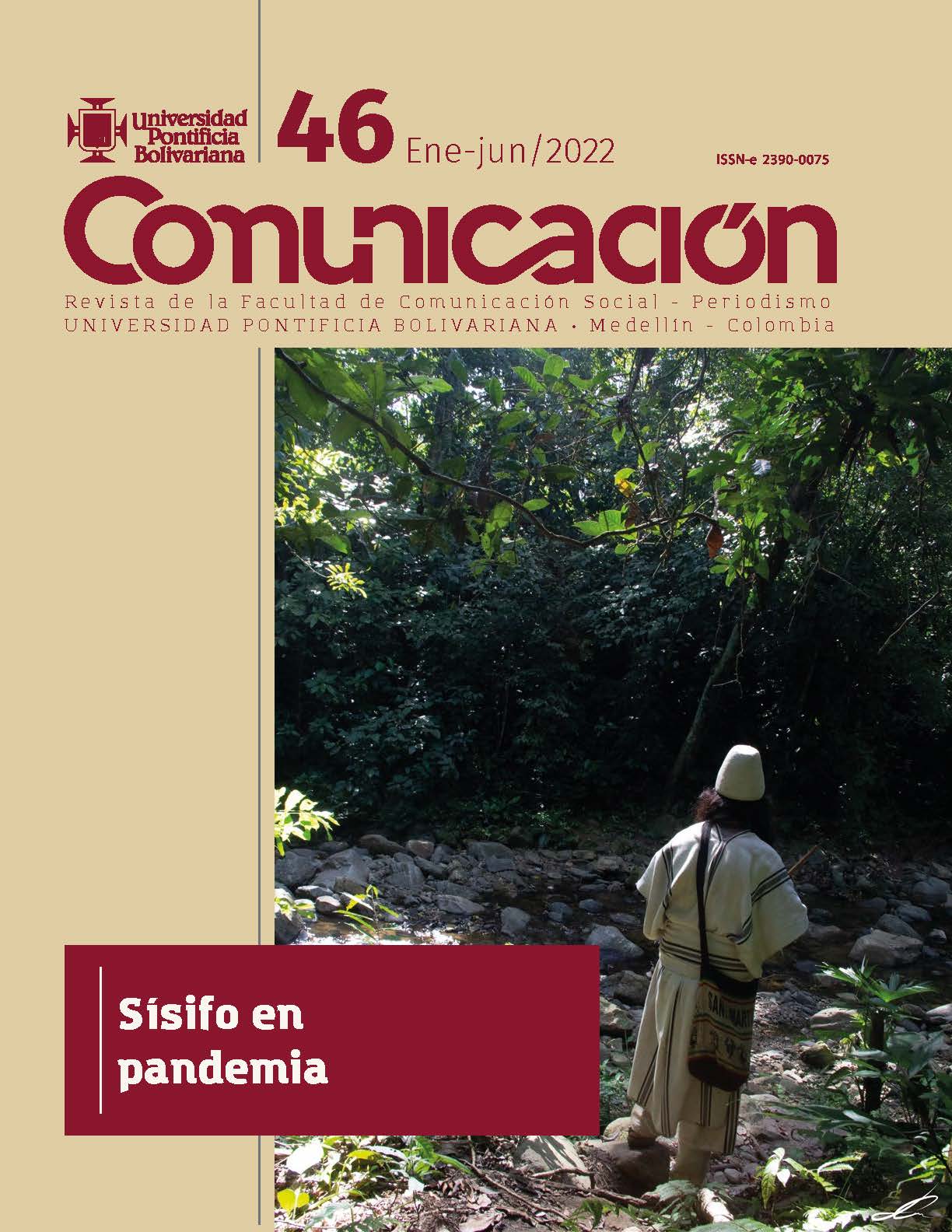The problem of the documentary: from the claim of objectivity to an aesthetic and poetic aspiration of reality
Main Article Content
Abstract
By the mid 20th century, the linguistic turn contributed to reshape the problem of representation of reality, its main foundation was to claim reality as a discursive construction, in other words, language it is not anymore just a simple instrument to name reality otherwise it is assumed as the only way to create it. Therefore, it is not casual that parallel with this phenomenon there were other ruptures in different areas of creation, like some theorists have called the end of Art and specifically with cinema it was the emergence of the idea of nonfiction as a way of re-signifying the notion of documentary or a cinema of reality. Therefore, the purpose of this paper is to demonstrate how the idea of documentary allows the cinema to emancipate itself from its classic premise, pretending the faithful portrayal of reality presuming as a poetic and aesthetic act, which means as a discursive act.
References
Ardila Jaramillo, A. C. (2014). El segundo grado de la ficción. Fondo Editorial Universidad EAFIT y Universidad de Antioquia.
Barnouw, E. (2005). El documental. Historia y estilo. Gedisa.
Barthes, R. (2009). La cámara lúcida. Paidós.
Catalá, J. M. (2010). Panorama desde el puente, nuevas vías del documental. En A. Weinrichter (Ed.), .doc. El documentalismo en el siglo xxi (pp. 33-52). Festival
Internacional de Donostia.
Danto, A. (2010). Después del fin del arte. Paidós.
Déotte, J. L. (2007). ¿Qué es un aparato estético? Benjamín, Lyotard, Ranciére. Metales pesados.
Echeverría, R. (2002). Ontología del lenguaje. Dolmen.
Eco, U. (1993). Lector in fabula. Lumen.
Foucault, M. (2007). La arqueología del saber. Siglo XXI Editores.
Godard, J. L. (Dirección). (1988-1998). Histoire(s) du cinema [Película cinematográfica]. Gaumont.
Goodman, N. (1990). Maneras de hacer mundos. Visor.
Hegel, G. W. F. (1989) Lecciones de estética. Ediciones 62.
Heidegger, M. (1970). Carta sobre el humanismo. Taurus.
Lipovetsky, G. y Serroy, J. (2009). La pantalla global. Anagrama.
Mora, A. (2021). El Desprendimiento de la realidad: el cambio de paradigma en las imágenes de lo documental. [Tesis de Doctorado, Universidad EAFIT].
Mekas, J. (Dirección). (1972). Reminiscencias de un viaje a Lituania [Documental]. Vaughan Films.
Mitchell, W. J. T. (2009). Teoría de la imagen. Paidós.
Morris, E. (Dirección). (1988). The thin blue line [Documental]. Miramax. Nicholls, B. (2011). La representación de la realidad. Paidós.
Nietzsche, F. (2011). Escritos de juventud. En Obras completas (Vol. I). Tecnos.
Ortega, M. L. (2008). Cine directo: notas sobre un concepto. En M. L. Ortega y N. García (Eds.), Cine directo: reflexiones en torno a un concepto (pp. 17-27). T&B.
Quintana, A. (2013). Fábulas de lo visible. Acantilado.
Ricoeur, P. (1999). Historia y narratividad. Paidós.
Ricoeur, P. (2006). Del texto a la acción. Fondo de Cultura Económica.
Rorty, R. (1990). El giro lingüístico. Paidós.
Ryan, M. L. (1997). Mundos posibles y relaciones de accesibilidad. Una tipología semántica de la ficción. En L. Doležel y A. Garrido (Comps.), Teorías de la ficción literaria (pp. 181-205). Arco Libros.
Sontag, S. (2007). Sobre la fotografía. Alfaguara.
Todorov, T. (1988). El origen de los géneros. Arco Libros.
Vertov, D. (2011). Memorias de un cineasta bolchevique. La Marca Editora. Wittgenstein, L. (1992). Tractatus lógico-philosophicus. Alianza.






